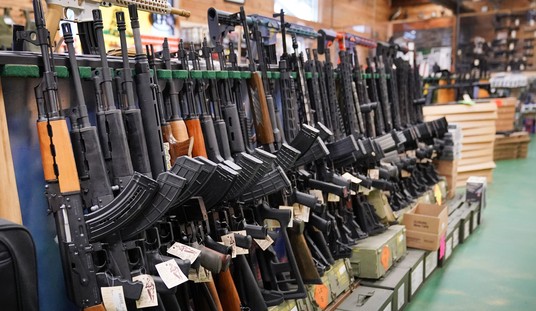The American perception of airguns is summed up with a timely holiday favorite, as the entire cast of “A Christmas Story” goes out of their way to tell young Ralphie that he will “shoot his eye out.” The Daisy Red Rider BB gun has become a cult part of Americana. While the BB gun is in fact an airgun, there is an entire industry dedicated to adult precision airguns that are capable of performance far beyond what most people expect from an “airgun.” These powerful models are also notorious when it comes to breaking optics. So just what does “airgun rated” rated mean?
As difficult as it is to believe, one of the quickest ways to destroy your $800 riflescope, is to mount it on break barrel pellet gun and do some plinking in your backyard. That scope that you have been using on your .30/06 or AR platform will, likely, be in pieces before you can get even a couple hundred shots through it. While the shooter feels next to no recoil when shooting an airgun when compared to the rifles mentioned, the physics at work on the optic are completely different, with that of the airgun being far more devastating than that of traditional powder burning firearms.
When traditional firearm is fired, there is an explosion within the bullet casing that propels the bullet forward out of the barrel and in turn forces the stock of the gun into the shoulder of the shooter, producing felt recoil. This is essentially a unidirectional physical reaction, and from an engineering standpoint, relatively easy to design an optic to withstand.
A break barrel spring powered airgun is a vastly different process.
As the gun is cocked, a spring and plunger system compresses air that is held until the trigger is pulled, which is used to propel the pellet forward out of the barrel. The recoil of this reaction, felt by the shooter, is essentially non-existent, but there is some. Simultaneously the spring that used to compress the air is released and violently slams forward, in the opposite direction of tradition recoil. This “whip crack” reverse recoil affects the scope by pulling it back forward at the same time it is being pushed backward.
But once the spring has returned to its forward position, the adverse effects of reverse recoil are not complete. The scope must also deal with the tuning fork affect of the vibrations of the spring’s movement. While a traditional firearm only produces one type of recoil for optics to contend with, these adult precision airguns are producing three, unique, and challenging types of recoil, that non-airgun rated scopes cannot handle.
At my day job, I am often asked, “I see these are airgun rated, but can they handle the recoil of regular guns?” Simply put, an airgun rated scope has been designed to a completely different specification that requires an entirely different idea of what the scope must be able to withstand. A scope that has been built to withstand magnum power spring guns, can be argued, is the most durable scope that you purchase for any firearm.







Join the conversation as a VIP Member